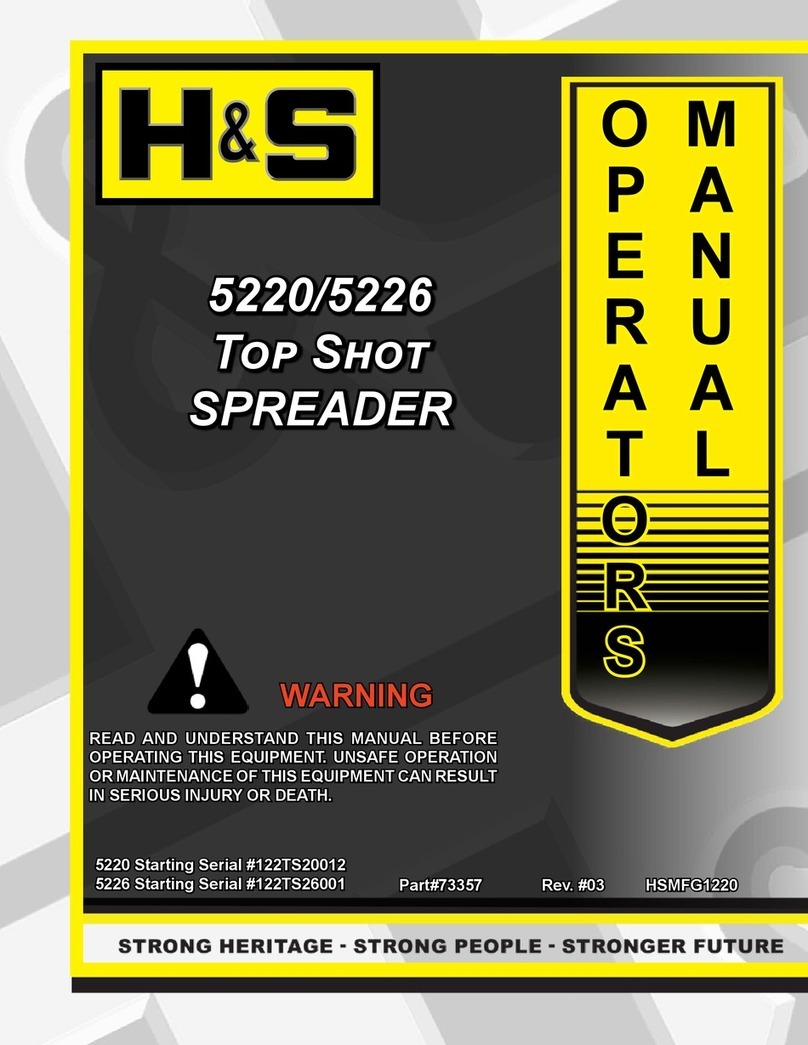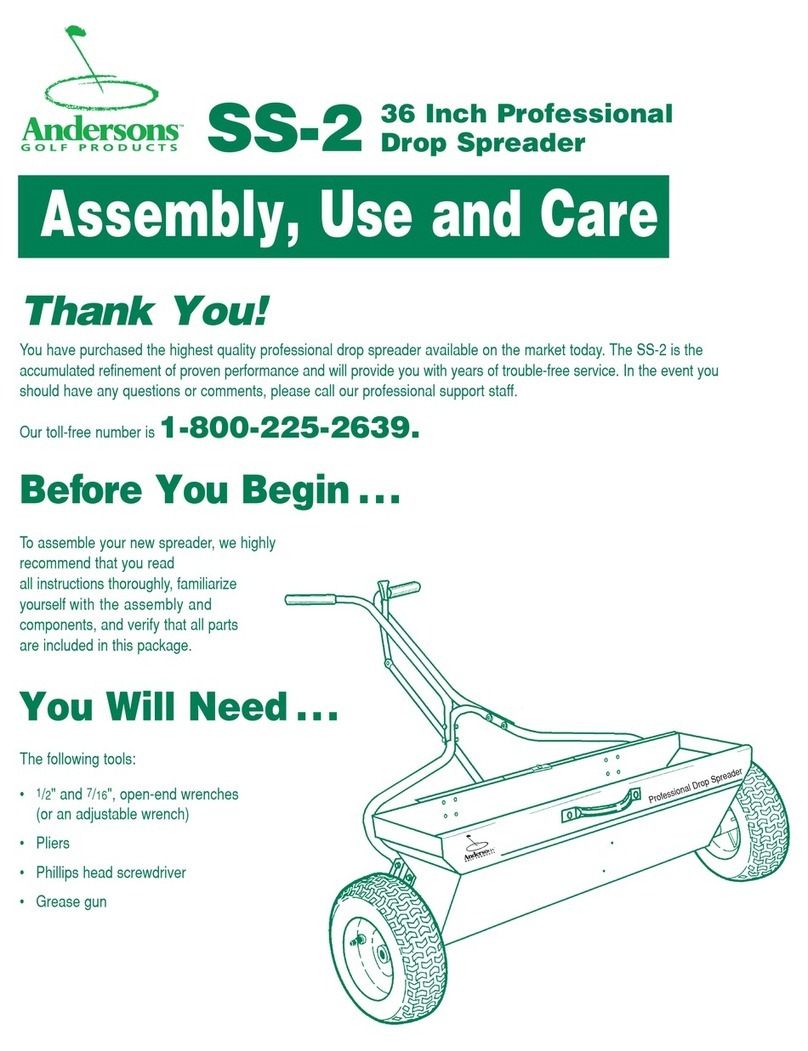The Cypress Handheld Reader System with OSDP Secure Channel protocol: A wireless handheld credential reader
which interfaces with the access controller through the reader's matched Base Unit, using an encrypted wireless link.
The Handheld Reader is a mobile proximity card reader that connects wirelessly to the access control panel. The Base
Unit connects to the access control panel similar to a standard Wiegand reader and the access control panel validates
the credentials. The Base Unit is able to provide an Access Granted or Access Denied response after a credential is
presented. The Handheld Reader and Base Unit do not store any credential data. There are two types of Single-lane
kits: HHR-4166 (one reader) and HHR-4266 (2 reader).
Advantages of OSDP Secure Channel Protocol
Application Protocol Integrity and Confidentiality Controls: !
OSDP Secure Channel-compliant handheld units and base stations protect the integrity, confidentiality, and
authenticity controls of all messages transmitted across the network.!
Protocol Replay Protection:
Resilient against replay attacks, using a rolling Message Authentication Code to ensure no two messages appear the
same as transmitted over the network, and no two identically received messages are accepted.!
Handheld Reader Authentication State Linked to Authentication Attempt:
No message from the base station (or from an attacker) can cause the user interface to signal authorization without first
having transmitted credential data to the base station. !
Protocol Does Not Leak Sensitive Data:
The OSDP specification relies upon an inherently secure connection to perform initial key exchange, using a default
key defined in the specification. This is done with randomly generated keys, at the the factory. The keys are not stored
by Cypress.!
Authentication Method Diminishes Efficacy of Brute-Force Attack: !
The authentication method implements rate limiting, allowing one attempt per 5 seconds to diminish the efficacy of a
brute-force attack while maintaining system responsiveness during normal use. The base station and handheld unit
firmware do not accept repetitive badge presentations to prevent rogue hardware from searching badge space for
authorized IDs.!
Communication Security Does Not Rely on Protocol Secrecy: !
Implementation of the Security Industry Association’s Open Supervised Device Protocol (OSDP) eliminates the
system’s reliance on protocol secrecy. This protocol is well known and widely accepted in the access control industry
as the solution to data security in physical access control.



























